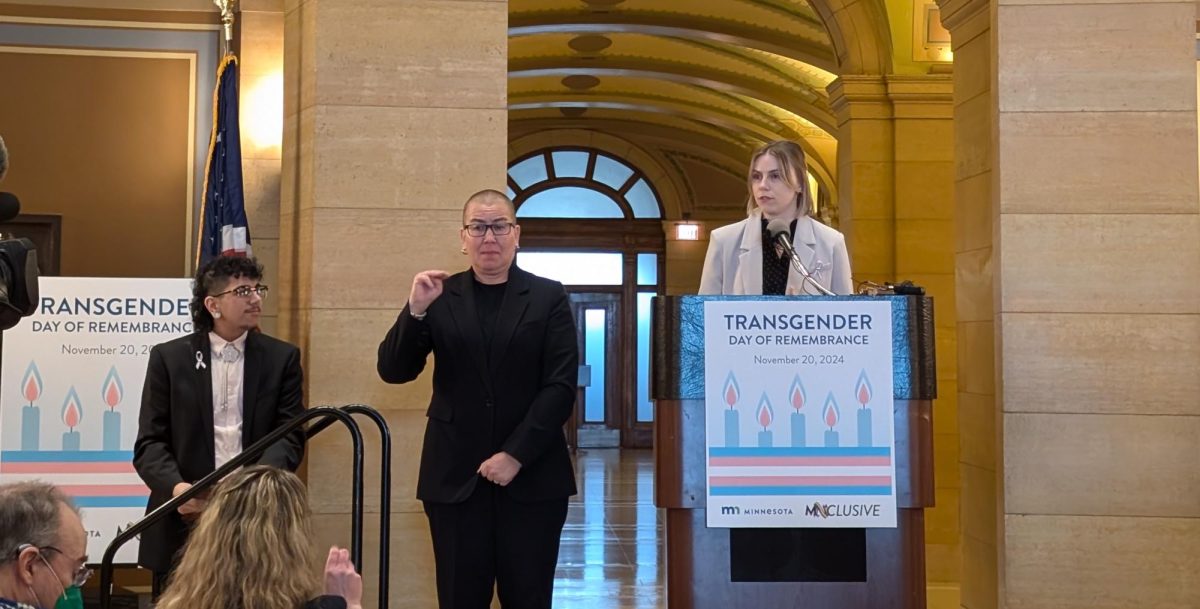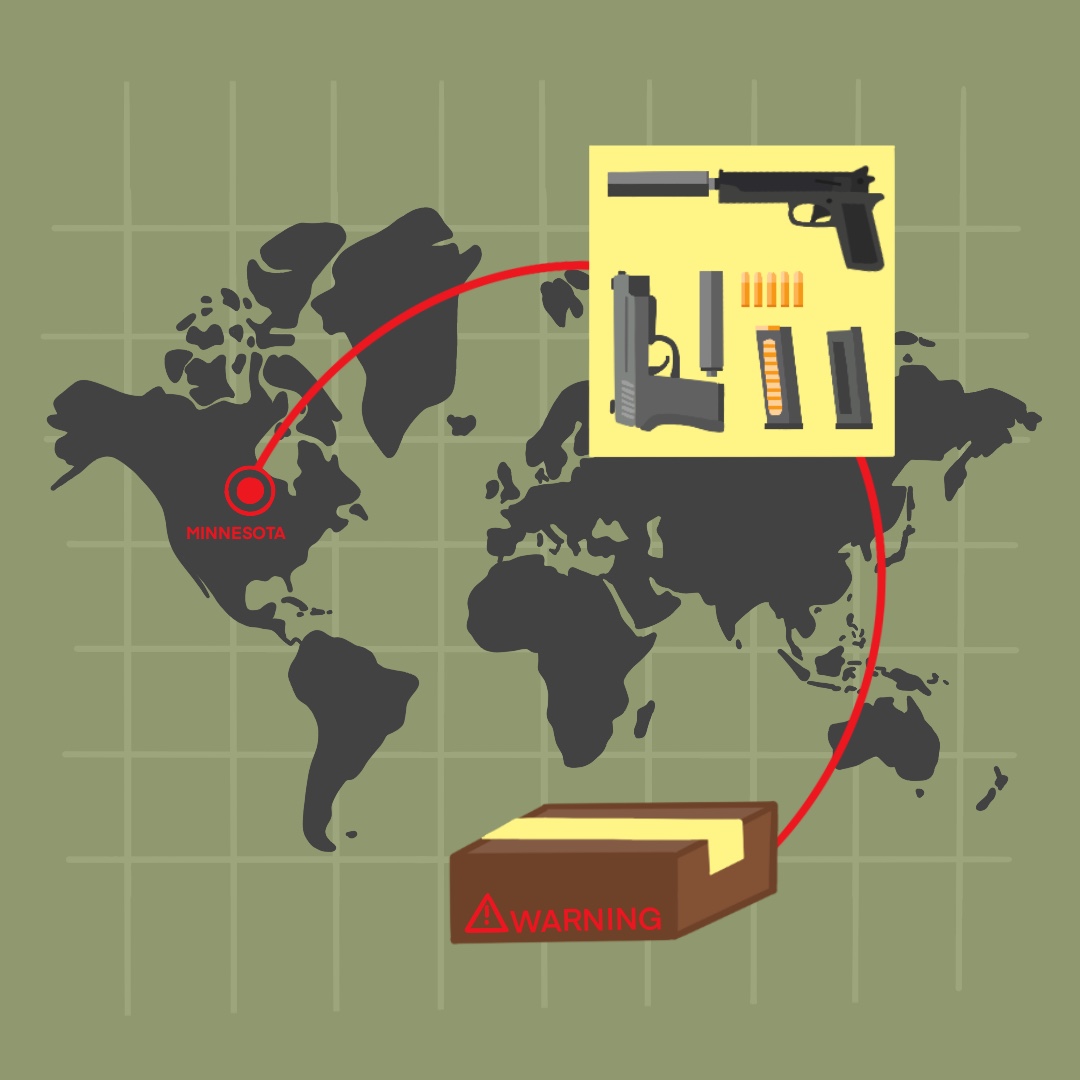Paul Twite, utilities general manager for the city of Delano, Minnesota, tries to balance keeping energy costs low for customers and making good environmental choices.
“It is getting easier to balance that because renewable energy is getting cheaper every day,” Twite said.
Researchers in the Humphrey School of Public Affairs released a report this week that highlights how electricity providers around Minnesota are adjusting as sustainable energy resources become more accessible.
The study, funded by the McKnight Foundation, found that access to distributed energy resources is dependent on where people live and who controls their electricity in Minnesota. The distributed energy resources include solar panels and electric vehicles.
Currently, around 35 percent of Delano’s electricity comes from renewable sites like wind and solar plants, Twite said. He said he expects that number to increase in the coming years.
Through interviews with municipality and rural electric cooperative managers, researchers in the Humphrey School’s Chan Lab found that other municipalities and co-ops may not have the same access to these resources.
With the two-year research project completed, researchers are hosting a meeting with utility managers from around the state next month to talk about the findings and discuss their next steps.
Gabe Chan, principal investigator of the Chan Lab, said he hopes to find another platform to work with these companies now that the research has concluded. He also wants to encourage collaboration between the municipalities and co-ops around Minnesota.
Electricity in the Twin Cities area is covered by Xcel Energy, which is for-profit. However, nonprofit municipalities and co-ops cover much of the rest of the state. These utility companies have little regulation at the state level and are locally governed, Chan said. Because of this, they may have trouble collaborating with each other and adjusting as more sustainable energy resources become available, he said.
“During interviews, managers would ask us if we think they are doing okay. They were looking for some guidance that what they are doing and thinking about is right,” said Matt Grimley, a graduate research assistant in the Chan Lab.
According to Lindsey Forsberg, another graduate research assistant in the Chan Lab, individual people pushing for sustainable energy resources have helped some local communities adopt different energy systems.
“People in Grand Marais pushed the city to put local policy in place to help make the utility act more aggressively on [adopting] renewable energy,” Forsberg said.
Although some municipalities and co-ops have adopted alternative energy resources, Forsberg and Grimley found that not all are able to make the transition.
One reason for this is that some electric municipalities and co-ops are locked into contracts that require them to purchase electricity from certain sources, Forsberg said. With these contracts, it is harder to purchase different energy resources.
The research found that another challenge is keeping electric utilities fair, as some people opt to use at-home solar sources.
In Minnesota, utilities companies offer a rewards program to customers who use solar energy. Excess energy customers acquired through their solar panels can be bought back by their utility company.
Grimley said while these programs incentivize people to have solar energy systems, they have the potential to someday harm municipalities and co-ops. Because municipalities and co-ops are nonprofits, utility customers have to offset the costs associated with paying back solar energy users through their electricity rates.
“Utility companies need to maintain revenue to offset costs,” Grimley said. “If they are having to pay back the people using solar energy, that money is coming from other users.”
Twite said he thinks there is a way to make solar energy more equitable and fair.
“There is a solution to this, we just haven’t figured it out yet,” he said.








